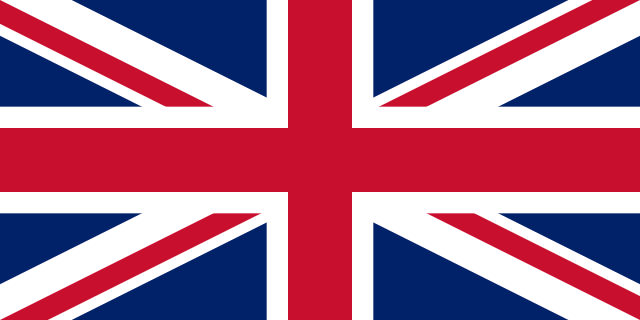Alaska Boundary Dispute
Posted: 17:15:10 Tuesday, 28 June, 2016

Attention of the Colonial Office now turns to the dispute between the local government of British Columbia and the local government of the Alaska Territory. Fundamentally, the dispute is about access to rivers and free passage to the ocean, for the purpose of mining and fishing. The Alaskan and Columbian claims are mutually exclusive, of course, and neither of these claims being accepted would produce a fair outcome, as one party or the other would be denied access to the rivers that are the lifeblood of the hardy fishermen and miners that inhabit the area. Previous attempts at compromise have been made, but all have failed to address the needs of the inhabitants and their concerns by simply drawing lines on a map rather than determining what those lines would mean for the locals.
The Royal Geographical Survey - which was unfortunately mistaken by Alaskan fishermen as a belligerent party of the Royal Navy, we believe, hence their call for protection - has been working in the area since 1897, and now has drawn up two compromise border proposals, which would guarantee both areas access to the rivers and the sea, while avoiding, as much as possible, exclaves or the division of small islands with a border by following waterways. Perhaps rather bored, they have been nicknamed by the RGS 'Compromise Border 1' and 'Compromise Border 2'. Discussions with the US federal government have found that the second of these options is preferred, and as such, the following proposal is introduced, on the basis of Compromise 2.
- As a general rule, territory east of the line is to be Canadian, while territory west of the line, Alaskan. Free and peaceful passage through these inlets, rivers and estuaries will be guaranteed to both Alaskan and Canadian citizens, to facilitate the prosperity of both parties and encourage their friendship. In accordance with the Rush-Bagot treaty, the area is to be demilitarised, so that neither Canadians nor Alaskans need feel threatened or demand protection from one another.
- To the north and west of the Devil's Paw mountain, the border will run as per the previous proposed compromise, keeping Mud Bay and Glacier Bay as part of Alaska (historical border).
- From the Devil's Paw mountain, the Canadian border is to run south-south-west along Taku Inlet. At the mouth of Taku Inlet, the border shall run along the sea to Holkham Bay.
- From Holkham Bay, the border will run through St. Stephen's Passage to Frederick Sound. When it reaches Wrangell Island, it will proceed along the line of the water, with Wrangell Island and all territory southwest of it to be part of Alaska.
- Upon reaching Bradfield Canal, the land border will run from Anan Creek to Eagle Lake, which will serve as a boundary itself, and from Eagle Lake to Klahini Bay.
- At Klahini Bay, the border continues along the water south-south east. Revillagigedo Island and all territory southwest of it including Duke Island, to go to Alaska.
- The mainland coast east of this line to be to Canada. This will continue along the coast until reaching Wales Island and the existing undisputed Canadian border.
-The Rt Hon. Joseph Chamberlain, Secretary of State for the Colonies
